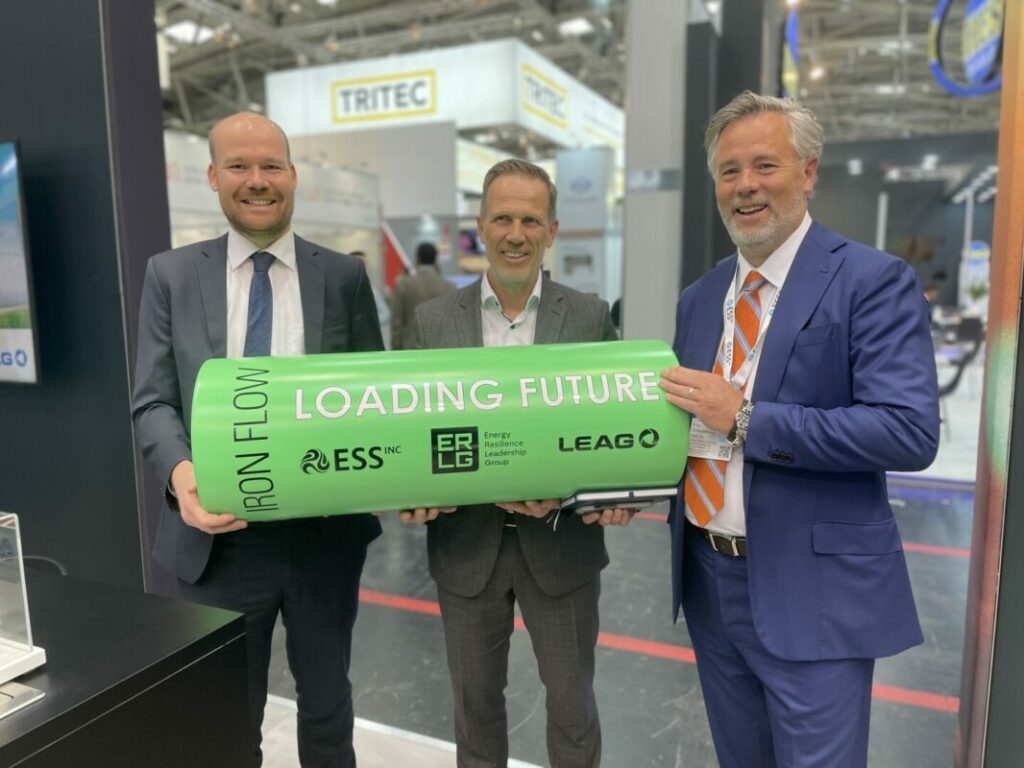In the short term, European energy companies sought to fill the natural gas gap with other supplies. Liquid natural gas (LNG) imports from the United States were able to meet over 40% of the deficit, according to the International Energy Agency. While European natural gas prices have declined from their 2022 highs, they have remained volatile with increased exposure to global price fluctuations.
At the Munich Security Conference (MSC) last month, energy security was top of mind for attendees. As Europe has worked to replace Russian natural gas with imported LNG, the Biden Administration’s decision to pause LNG export approvals further exposed the precariousness of European reliance upon imports.
While the pause is expected to end within a year according to US energy secretary Jennifer Granholm, who made the comment at S&P Global’s CERAWeek conference this month, it nonetheless provides an opportunity to think creatively and boldly about what a truly secure European energy future can look like.
It is clear that LNG should not be viewed as an enduring solution to European energy needs. Today, natural gas is a critical fuel for electricity generation, strongly influencing consumer power prices worldwide, but that is already changing.
According to the IEA, the transition to renewables is the “largest structural driver of reduced natural gas demand,” and as renewable capacity in Europe increases, so too will energy storage in order to provide clean energy 24/7.
The only sustainable, secure solution to address Europe’s energy needs is to accelerate the transition to locally produced, carbon-free sources of electricity generation.
Anything less will simply shift the sources of risk and perpetuate the cycle of energy anxiety for years to come. Completing this change, however, requires more than simply increasing renewable generation. It is essential that the grid-balancing functions, currently carried out using natural gas-powered turbines, are replaced by new carbon-free technologies.
Replacing gas with renewables + storage
At the MSC, I had the privilege of joining Thorsten Kramer, CEO of LEAG, a major German energy generator, to present a project that provides a blueprint to power that electrified, clean energy future.
LEAG is designing the largest clean energy hub in Europe which will combine up to 14 GW of renewable generation with 2-3 GWh of battery storage and hydrogen to provide 24/7 green power. As part of the project’s initial phase, LEAG plans to install a 50 MW / 500 MWh iron flow battery as a long-duration energy storage (LDES) module at the Boxberg Power Station, a coal-fired power plant which is being decommissioned and transformed into a clean energy storage hub.

This project is significant for many reasons, but chief among them is the potential for this project to demonstrate, at scale, the viability of replacing baseload fossil power with renewables and LDES. By emulating this model, legacy coal and gas generators in Europe and worldwide will have a blueprint for the clean energy future, one well-worth replicating.
When the transition to renewable generation plus storage is complete, LEAG expects to replace 50,000 tonnes of coal burned each day, eliminating ~20 million tonnes of CO2 a year. Perhaps as important, this will be achieved using abundant European renewable resources, built with technologies from reliable, friendly trading partners, while creating jobs and economic opportunity in local communities.
Cross-sector partnerships advance clean energy
LEAG’s clean energy hub is one of eight cleantech projects supported by the Energy Resilience Leadership Group (ERLG). The ERLG was convened by Siemens Energy and Bill Gates’ Breakthrough Energy with vocal support of the President of the European Commission, Ursula Von Der Leyen.
The organisation provides a critical opportunity for policymakers, cleantech innovators, and established energy players to work together to overcome barriers to new technology deployment.
And policy is important – the EU and member states need to move quickly to ensure the appropriate regulatory and market structures are in place to send the necessary signals that will drive industry action. Modest incentives – measured as a fraction of the subsidies that are being directed to the short-term solutions – can catalyse a massive industrial transformation that will pay dividends for decades to come.
Further delays only increase the dependencies on alternative fossil sources and extend the time to realise our sustainability goals, all while diminishing the continent’s energy security.
Achieving sustainable energy
LNG has provided an important stopgap for Europe. However, we must not allow a stopgap measure to become a crutch and instead move quickly to build projects such as the LEAG clean energy hub which signify a truly secure, sustainable future.
With clarity of purpose, strong leadership and alignment across sectors, this is imminently possible. It is an exciting time to be working on energy issues and a privilege to work with ambitious visionaries like LEAG who will usher in a new age of secure, sustainable power.
About the Author
EricDresselhuys is the CEO of ESS Inc., manufacturer of a proprietary iron flow battery long-duration energy storage system. With over 25 years of leadership experience in energy technology and market development, he has led growth for both public and private companies. He is a frequent speaker on clean energy transition and energy storage topics, delivering sessions and keynote addresses at events including DistribuTECH, BNEF New York and Reuters Renewable Energy Finance.


